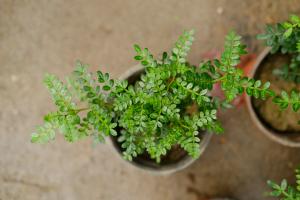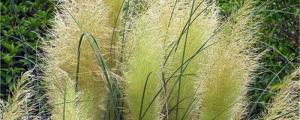How Does a Nuclear Power Plant Work
Introduction
Nuclear power plants produce electricity by harnessing the energy released from splitting atoms, known as nuclear fission. These power plants are capable of generating large amounts of electricity without emitting carbon dioxide or other greenhouse gases, making them a popular alternative to fossil fuel power plants.
The Nuclear Reactor
At the heart of a nuclear power plant is the reactor. This is where nuclear fission takes place, producing heat that is used to generate steam, which drives a turbine to produce electricity. The reactor is usually housed in a large containment building made of thick concrete walls and equipped with redundant safety systems to prevent release of radioactive material into the environment.
The Fuel
The fuel used in a nuclear power plant is usually enriched uranium, which is formed into small pellets and loaded into fuel rods. The fuel rods are then placed in the reactor, where they are bombarded with neutrons, causing the uranium atoms to split and release energy in the form of heat.
The Coolant
To prevent the fuel rods from overheating, a coolant is used to remove the heat generated by the nuclear reaction. In most nuclear power plants, water is used as the coolant. The water is kept at high pressure to prevent it from boiling, and it is circulated through the reactor core, where it absorbs heat from the fuel rods. The heated water then passes through a heat exchanger, where it transfers its heat to a separate water system that produces steam for the turbine.
The Turbine
The turbine is a large rotating wheel with blades that spin when steam flows over them. As the turbine rotates, it drives a generator, producing electricity. The electricity generated by the nuclear power plant is then sent to a transformer, where it is stepped up to a higher voltage and sent to the grid for distribution.
The Waste
One of the major concerns about nuclear power is the disposal of radioactive waste. The spent fuel rods from the nuclear reactor are highly radioactive and must be carefully stored and disposed of. In most countries, the used fuel is stored in large pools of water or in dry cask storage, where it can be cooled and monitored for radioactivity.
Conclusion
Nuclear power plants are a powerful source of electricity, providing a safe and reliable alternative to fossil fuels. Despite concerns about nuclear waste, modern nuclear power plants are equipped with advanced safety systems and strict regulations to prevent accidents and protect the environment. With the continuing demand for clean energy, nuclear power will continue to play an important role in meeting our energy needs.

 how many times do yo...
how many times do yo... how many planted tre...
how many planted tre... how many pine trees ...
how many pine trees ... how many pecan trees...
how many pecan trees... how many plants comp...
how many plants comp... how many plants can ...
how many plants can ... how many plants and ...
how many plants and ... how many pepper plan...
how many pepper plan...































